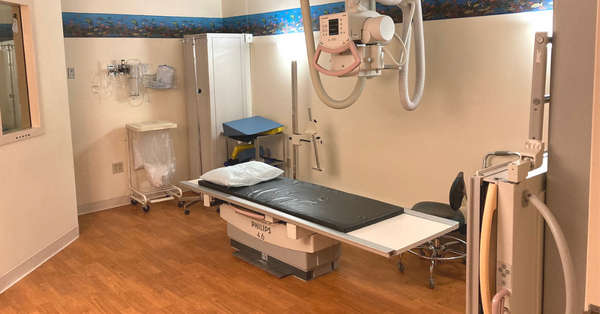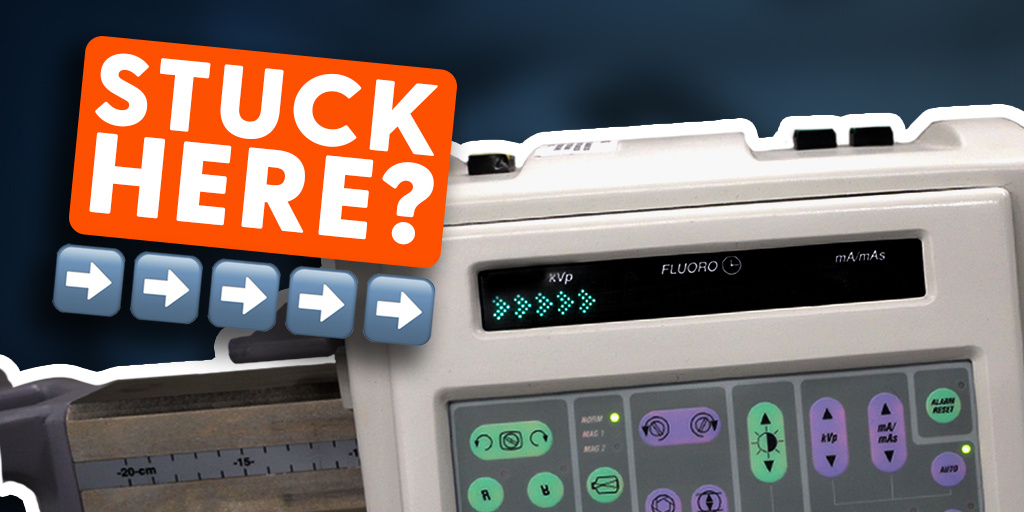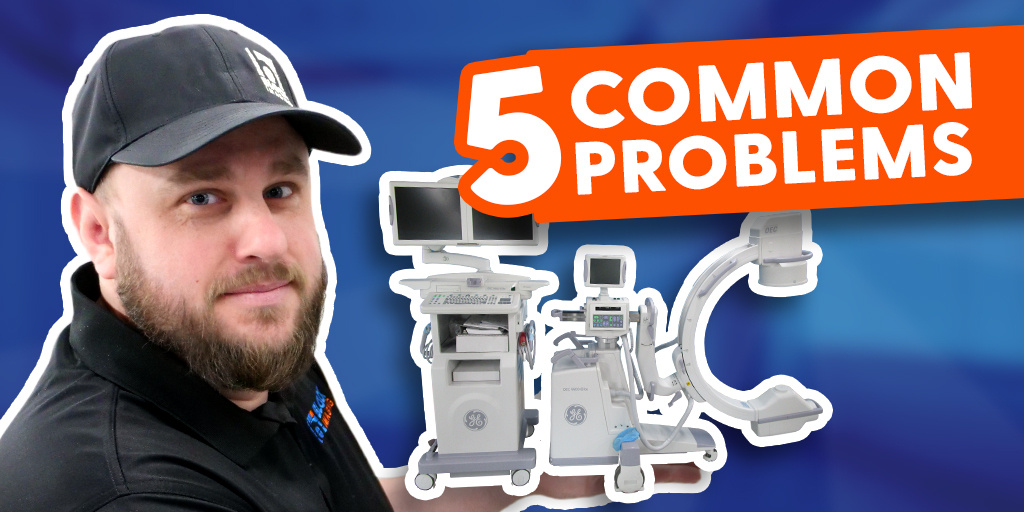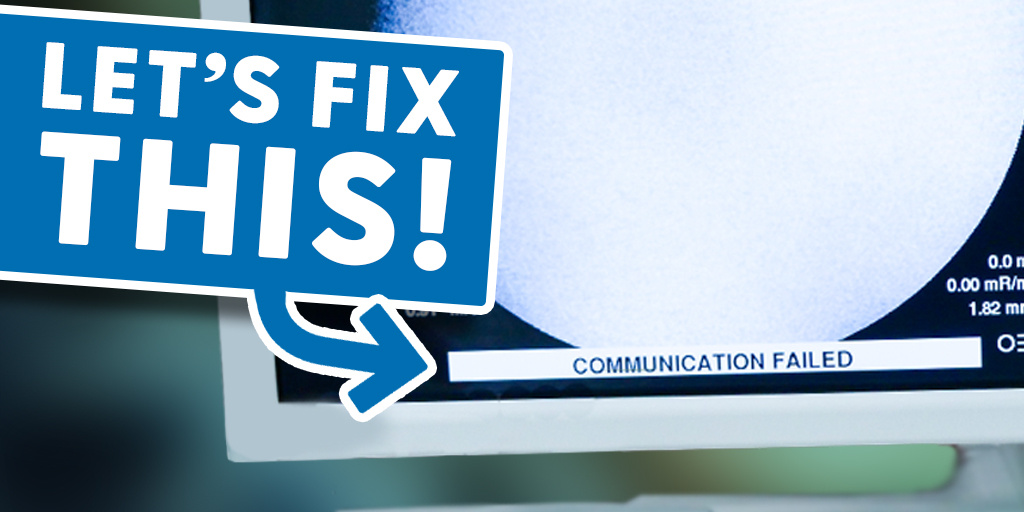
Bringing a new (or new to you) X-ray system into an imaging facility can be an overwhelming project, especially if it's your first time.
To give those of you who might be wondering a nudge in the right direction, we're going to cover some top considerations to help you choose the very best X-ray equipment for you.
We'll cover functionality, patient volume levels, and placement by clinical specialty.
- What are the 3 Types of X-ray Machines?
- Which X-ray System is Best for Me?
- What Questions Should I Ask When Choosing an X-ray Machine?
Note: Block Imaging provides is dedicated to providing new and refurbished X-ray machines and parts. You can read about it in detail below or reach out to our sales team to learn more about how it can help improve your diagnostic imaging.
What are the 3 types of X-Ray machines?
Let's break down the three types of X-ray machines you can choose from: portable X-ray systems, floor-mounted rad rooms, ceiling-mounted rad rooms.
1. Portable X-ray Systems
Portables are just that, mobile X-ray units that can move between rooms for basic studies.
2. Floor-Mounted Rad Rooms
There are plenty of subtypes in the floor-mounted rad room category (fixed table, U-arm, straight arm, etc.), but all of these types share a few similarities that will be helpful to know.
They are fixed units. Floor-mounted rad rooms are fixed to the floor (unlike portables) with varying degrees of flexibility and movement, including mobile tables, floating/elevating tables, or tube stands that travel on a fixed track.
They have more powerful generators than portables. A more powerful generator allows for cross-table studies and heavier patients to be scanned while maintaining excellent image quality.
They offer more flexibility than portables for a wider variety of procedures. In certain studies, a sunrise knee, for example, cannot be performed on portable X-ray units. The rotational movement of a floor-mounted tube stand, coupled with the range of motion of the table allows techs and doctors to perform more types of studies.
3. Ceiling-Mounted Rad Rooms
Our final category is ceiling-mounted X-ray systems, where the tube and collimator are suspended from the ceiling on rails. This style is the most versatile of the bunch.
In most cases, a ceiling-mounted X-ray is used for the following needs:
- Bariatric studies (due to top-tier generator power and table weight capacity)
- High-volume facilities like hospitals and large orthopedic clinics
- Facilities that perform standing weight-bearing studies
Which X-Ray System Is Best for Me?
X-ray machines come in a variety of styles, and each one has its separate strengths and cost. You will want to consider your facility's scanning needs, space requirements, and budget to make a sound decision.
Portable X-ray
A portable can be a great first step into the X-ray world. Typically, these units are low-powered, easy to use/maneuver, and on the lower end of the cost spectrum. Some companies, like Block Imaging, will allow you to rent a portable and establish a base for your X-ray business or determine your volume and needs before you buy.
Portables shine best in light-duty settings like single physician offices, urgent care, family practice, chiropractic, or as a backup in large orthopedic or hospital settings.
Floor-Mounted Rad Room
These systems are typically purchased for facilities that have an established expectation of volume. While carrying a higher cost than a portable, due to installation and room configuration costs, the flexibility of a floor-mounted rad room adds value through higher throughput and a broader range of studies conducted.
If you're looking to start with a more varied caseload or medium-high volume right out of the gate, a floor-mounted machine can be an excellent first X-ray system.
Ceiling-Mounted Rad Room
A ceiling-mounted X-ray system comes with higher costs for the equipment, service, installation, and potential construction, but is a one-stop shop for any X-ray study you might need, no matter the patient. Options for manual or fully automated systems are available based on a facility's specific needs in volume and study type.
What Questions Should I Ask When Purchasing an X-ray machine?
Every facility's X-ray needs vary: different patient volumes, different specialties, and different budgets. Fortunately, the variety among X-ray systems means there's equipment that fits in any setting.
We recommend asking these questions to help you make your decision:
- What are my clinical needs?
- What is my expected caseload?
- What will my volume be like?
- Will X-ray be a sustainable source of revenue for our facility?
- Will our X-ray procedures be basic?
- What is my budget?
There's always a temptation to let price take the driver's seat in your equipment considerations. We recommend starting your decision-making process with careful consideration of your clinical needs, then weighing those needs against the budget you're working with.
When you feel confident in your needs, visit our portable X-ray price guide and our X-ray room price guide.
And if you need help reconciling the two, our team is always ready to help!

Clay Selby
Hello, I'm Clay, and I joined Block Imaging in 2021. I enjoy learning something new everyday about our industry and our customers. Block has an incredible work environment that fosters innovation and allows us to create unique solutions for our customers. Outside of work I love playing and watching sports, collect watches and drink craft coffee.





